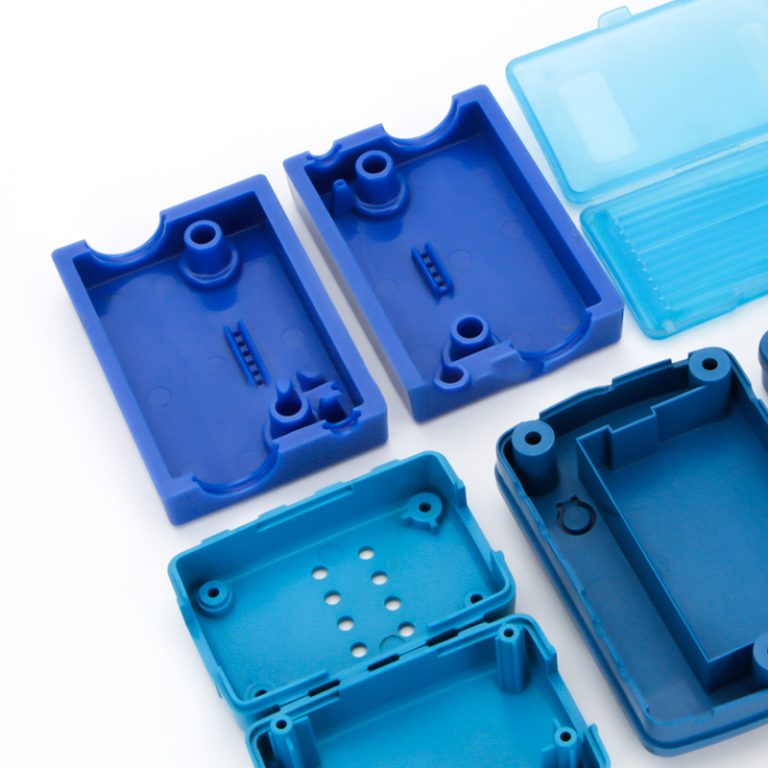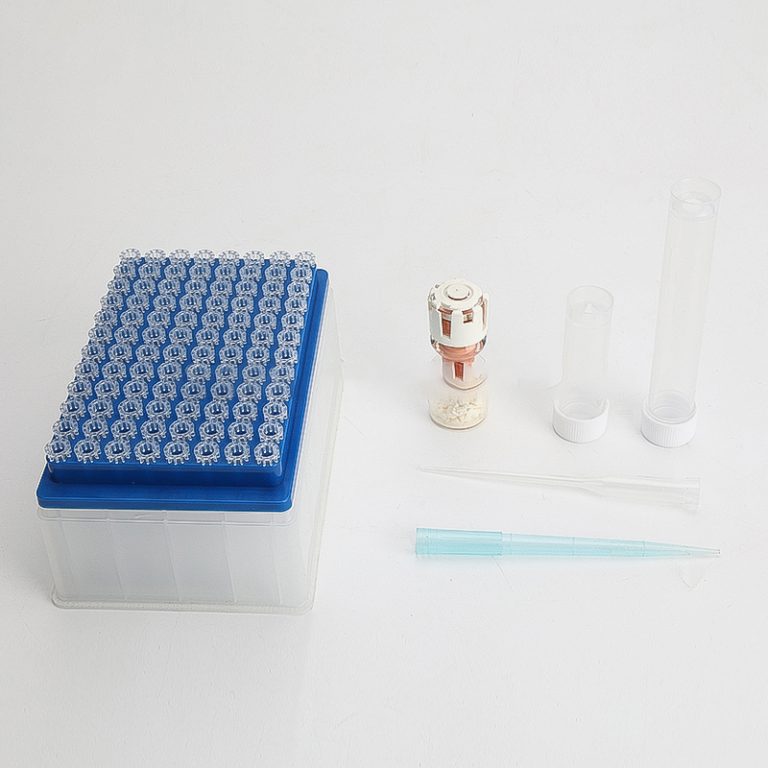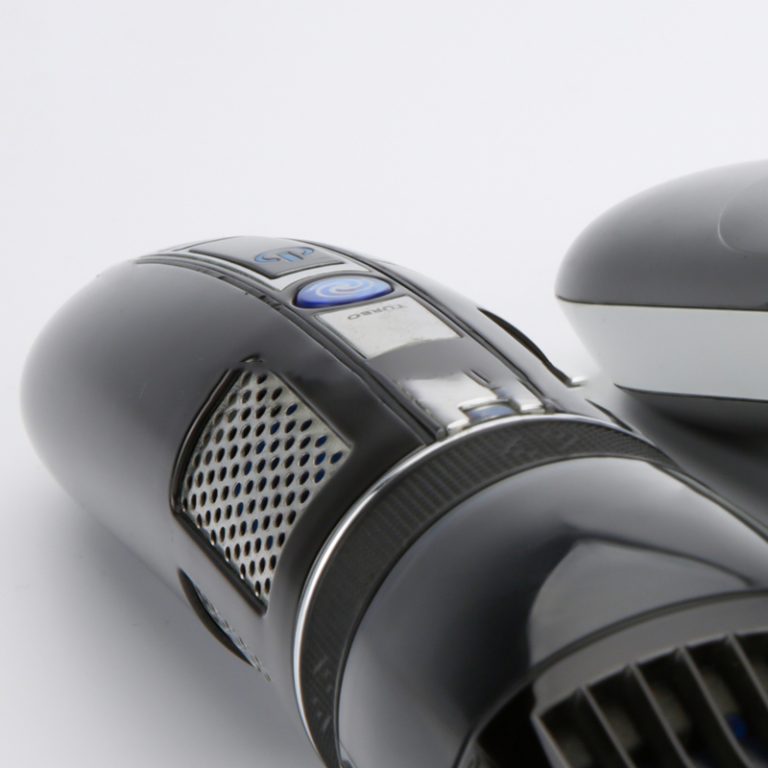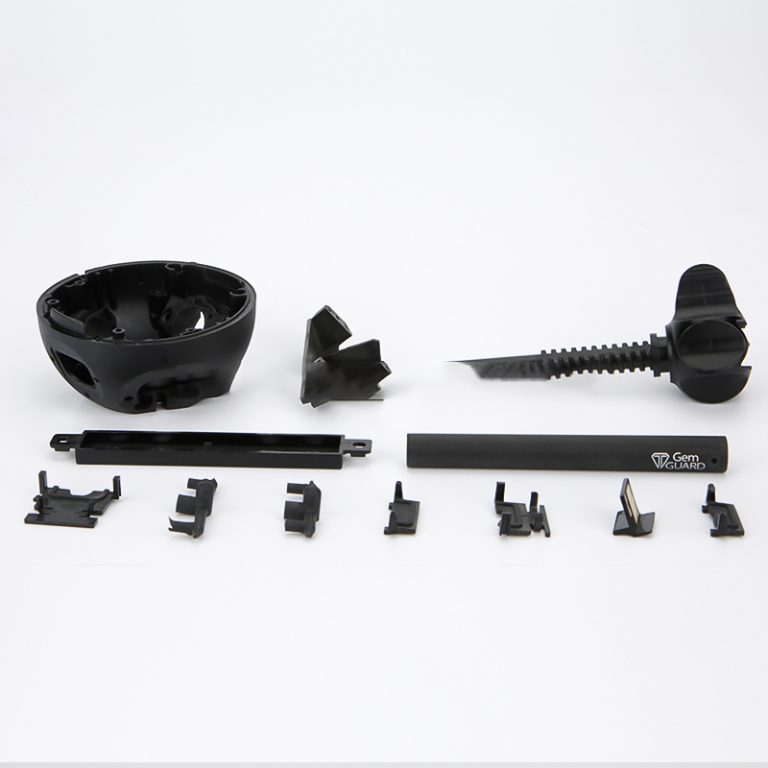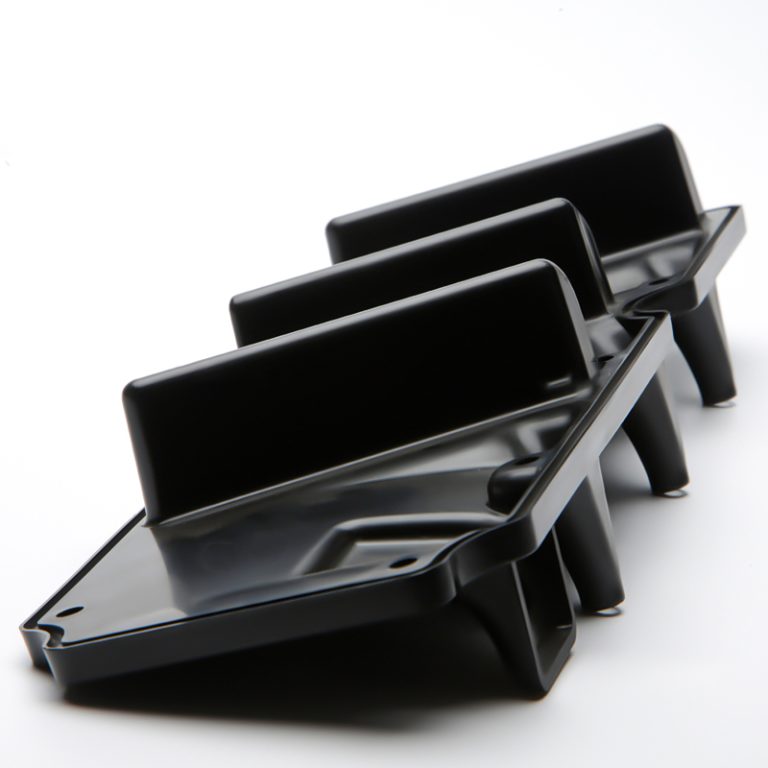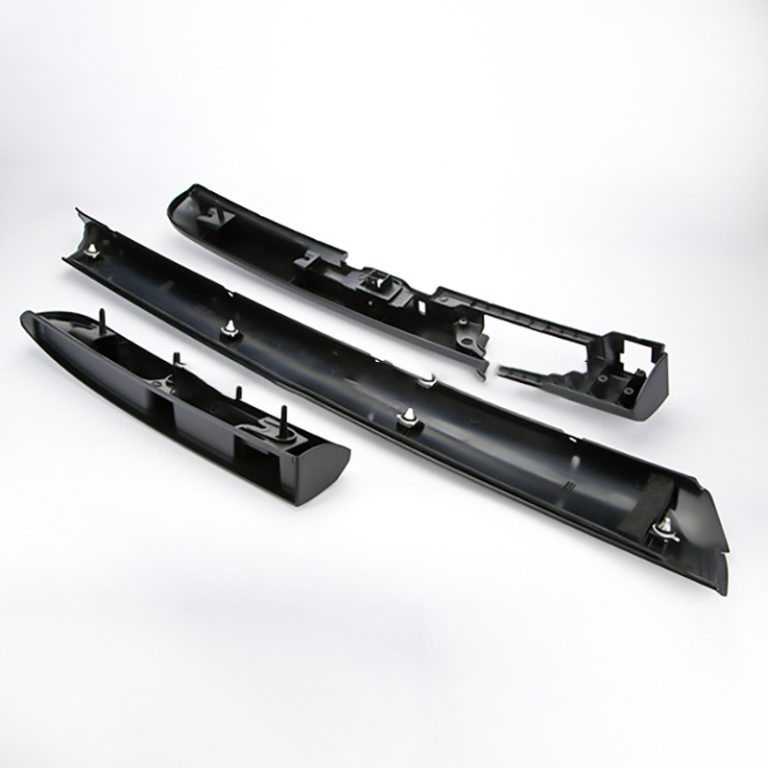היסודות של יציקת תבנית הזרקת פלסטיק
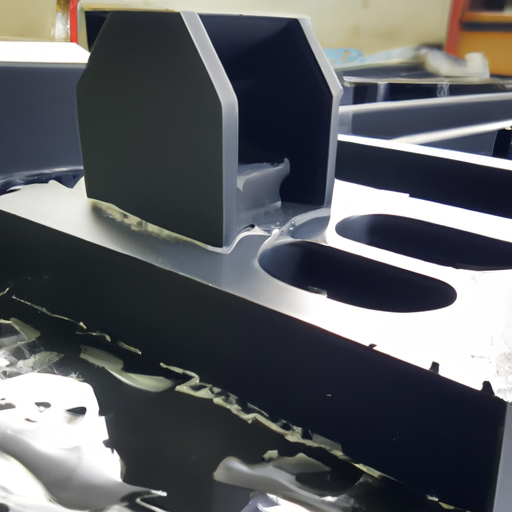
תבנית פלסטיק בהזרקת יציקה היא תהליך ייצור בשימוש נרחב שבו פלסטיק מותך מוזרק לתוך חלל תבנית כדי ליצור צורה רצויה. תהליך זה נפוץ בייצור מוצרי פלסטיק שונים, החל ממרכיבים קטנים ועד לחלקים תעשייתיים גדולים. הבנת היסודות של יציקת תבנית הזרקת פלסטיק חיונית לכל מי שעוסק בתעשיית הייצור.
| בחירת חומרים | גודל |
| ABS/PET/PEEK/ETC. | התאמה אישית |
מכונת ההזרקה מורכבת מחבית, בורג ויחידת הידוק תבנית. החומר הפלסטי מוזן לתוך החבית, שם הוא מחומם ומערבב על ידי הבורג המסתובב. לאחר מכן הפלסטיק המותך מוזרק לחלל התבנית בלחץ גבוה, ממלא את כל החלל ולוקח את צורת התבנית. התבנית מוחזקת סגורה ע”י יחידת ההידוק על מנת להבטיח שהחומר הפלסטי לא ידלוף החוצה במהלך תהליך ההזרקה.
לאחר מילוי חלל התבנית, נותנים לחומר הפלסטי להתקרר ולהתמצק בתוך התבנית. זה ידוע כשלב הקירור ובדרך כלל לוקח כמה שניות עד כמה דקות, תלוי בגודל ובמורכבות המוצר. קירור הוא שלב קריטי בתהליך, שכן הוא קובע את הצורה והאיכות הסופית של החלק היצוק. קירור נכון מבטיח שהחלק לא יתעוות או יתעוות ושיש לו את דיוק הממדים הרצוי.
לאחר שלב הקירור פותחים את התבנית, והחלק היצוק נפלט מחלל התבנית. זה נעשה באופן ידני או באמצעות מערכת פליטה אוטומטית, בהתאם לגודל ומורכבות החלק. לאחר מכן התבנית נסגרת שוב, והתהליך חוזר על עצמו לייצור חלקים נוספים.
יציקת תבנית הזרקת פלסטיק מציעה מספר יתרונות על פני תהליכי ייצור אחרים. הוא מאפשר ייצור של צורות מורכבות עם דיוק וחזרה גבוהים. זה גם מאפשר שימוש במגוון רחב של חומרים פלסטיים, ומעניק ליצרנים את הגמישות לבחור את החומר המתאים ביותר ליישום הספציפי שלהם. בנוסף, הזרקה היא תהליך יעיל ביותר, עם בזבוז חומר מינימלי ומחזורי ייצור מהירים.
לסיכום, יציקת תבנית הזרקת פלסטיק היא תהליך בסיסי בתעשיית הייצור. מדובר בעיצוב ויצירה של תבנית, הכנת החומר הפלסטי והזרקת הפלסטיק המותך לחלל התבנית. שלבי הקירור והפליטה משלימים את התהליך, וכתוצאה מכך חלק יצוק מוגמר. הבנת היסודות של יציקת תבנית הזרקת פלסטיק חיונית לכל מי שעוסק בייצור מוצרי פלסטיק, שכן היא מאפשרת ייצור יעיל ואיכותי.

The injection molding machine consists of a barrel, a screw, and a mold clamping unit. The plastic material is fed into the barrel, where it is heated and mixed by the rotating screw. The molten plastic is then injected into the mold cavity under high pressure, filling up the entire cavity and taking the shape of the mold. The mold is held closed by the clamping unit to ensure that the plastic material does not leak out during the injection process.
Once the mold cavity is filled, the plastic material is allowed to cool and solidify inside the mold. This is known as the cooling phase and typically takes a few seconds to a few minutes, depending on the size and complexity of the product. Cooling is a critical step in the process, as it determines the final shape and quality of the molded part. Proper cooling ensures that the part does not warp or deform and that it has the desired dimensional accuracy.
After the cooling phase, the mold is opened, and the molded part is ejected from the mold cavity. This is done either manually or using an automated ejection system, depending on the size and complexity of the part. The mold is then closed again, and the process is repeated to produce more parts.
Molding injection plastic mold offers several advantages over other manufacturing processes. It allows for the production of complex shapes with high precision and repeatability. It also enables the use of a wide range of plastic materials, giving manufacturers the flexibility to choose the most suitable material for their specific application. Additionally, injection molding is a highly efficient process, with minimal material waste and fast production cycles.
In conclusion, molding injection plastic mold is a fundamental process in the manufacturing industry. It involves the design and creation of a mold, the preparation of the plastic material, and the injection of the molten plastic into the mold cavity. The cooling and ejection phases complete the process, resulting in a finished molded part. Understanding the basics of molding injection plastic mold is crucial for anyone involved in the production of plastic products, as it allows for efficient and high-quality manufacturing.

